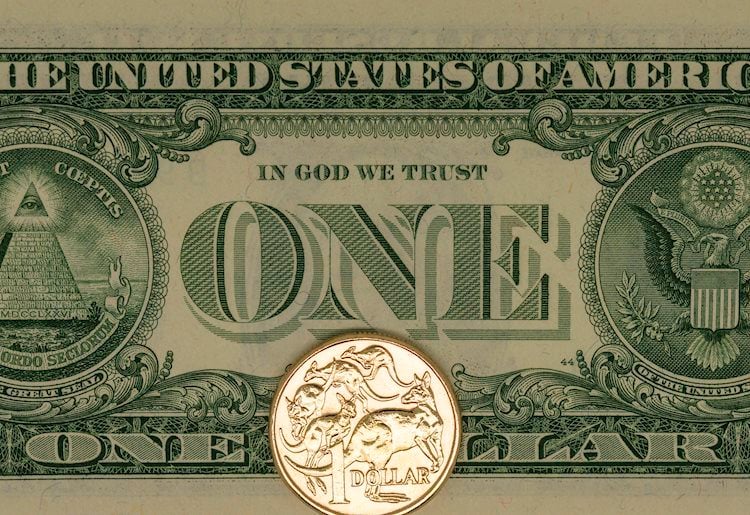- AUD/USD fell to its lowest level since November at 0.7279.
- US Dollar Index clings to modest daily gains above 92.70.
- RBA noted that recent coronavirus outbreaks are weighing on recovery.
After closing the first day of the week in the negative territory, the AUD/USD pair came under strong bearish pressure during the Asian session and dropped to its lowest level since November at 0.7279. Currently, the pair is consolidating its losses below 0.7300, losing 0.6% on a daily basis at 0.7293.
Cautious RBA tone weighs on AUD
In the minutes of its July policy meeting, the Reserve Bank of Australia (RBA) acknowledged that the recent outbreaks of the coronavirus Delta variant interrupted the economic recovery. “The bond purchase programs will continue to be reviewed in light of economic conditions and the health situation,” the RBA noted and AUD weakened against its rivals.
Commenting on the market reaction to the RBA’s statement, “the RBA says it’s prepared to act if lockdowns stall the economic recovery,” noted economists at Société Générale. “AUD/USD has reached downside projections near 0.7300/0.7285 however signals of rebound are still not visible. A move below 0.7285 will take the pair towards next projections at 0.7230 and 0.7110.”
AUD/USD: Break below 0.7285 to lead to further decline – SocGen.
On the other hand, the risk-averse market environment is helping the safe-haven USD outperform its risk-sensitive rivals on Tuesday. The US Dollar Index, which gained 0.1% on Monday, is currently up 0.12% on the day at 92.72.
Later in the session, July Retail Sales and Industrial Production data will be featured in the US economic docket.
